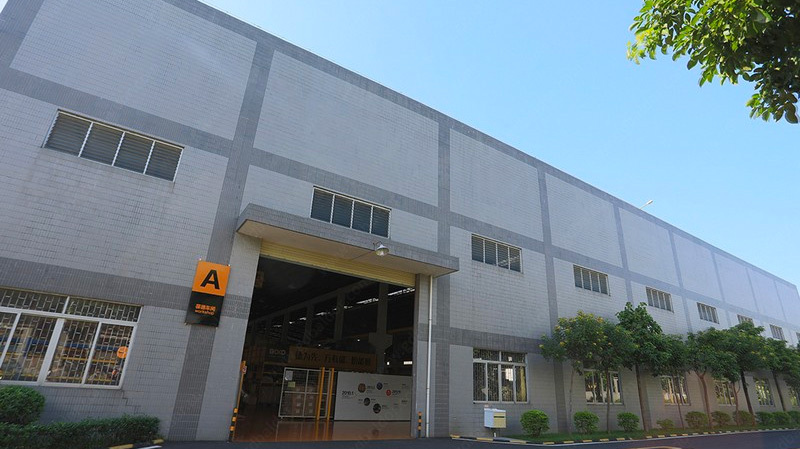
You can grab a copy from MajorGeeks. If you are not sure where to add the JDK path, append it. Press Windows + R keys together, type the command sysdm.cpl in the Run dialog box and press Enter. Then with the Path selected, click the Edit button. Press WinKey + R, type sysdm.cpl and press ENTER. The following table lists the system and local environment variables for Windows XP. Try using this: "C:\Windows\system32\rundll32.exe" sysdm.cpl,EditEnvironmentVariables. I had the same problem and found that closing the cmd window and opening a new one forces it to read the new environment variables. Please have look at this screenshot for reference: If you do not set the PATH variable, you need to specify the full path to the executable file every time you run it, such as: It is useful to set the PATH variable permanently so it will persist after rebooting. What command do I need to type in the Run window to get to them? Click the " Environment Variables " button to enter the environment variable interface. to know the command usage. To change an already defined variable, select and edit it in the right pane. Why? By using percent signs, you ensure that Cmd.exe references the variable values instead of making a literal comparison. Using an Ohm Meter to test for bonding of a subpanel. Windows key + break will bring up the system control panel directly. Remove the entry that looks like: C:\ProgramData\Oracle\Java\javapath Add the path of your JDK/JRE's bin folder. In my case the I have removed the the above path and added my JDK path which is "C:\Program Files\Java\jdk1.8.0_221\bin", For New version of Java JavaPath folder is located, "C:\Program Files \Common Files\Oracle\Java\javapath\", "C:\Program Files(x86) \Common Files\Oracle\Java\javapath\". Editing System Environment Variables is allowed only when opened through Control Panel, WIN10 Environment path variables not recognized when opening terminal from background context, Counting and finding real solutions of an equation. The setting works well for me. This is under an administrative account and the domain administrative account. By default, Path only points to a few Windows folders, but you can easily add more. Inside the advanced system settings, click on the Environment Variables button at the bottom and do follow the same procedure to edit environment variables as described above. Right click on 'My Computers' and open 'Properties'.
Jeffersonco Powerschool Com Public Create Account,
Mexican Chain Restaurants That Have Closed,
Valuable Sacagawea Dollars,
Waverly Cottages York Beach Maine,
Articles E
 what secret did landry's mother tell the pope
what secret did landry's mother tell the pope
 when do angela and hodgins get back together
when do angela and hodgins get back together
 kentucky bourbon festival tickets
kentucky bourbon festival tickets